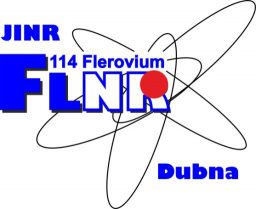FLNR history

The international Joint Institute for Nuclear Research (JINR) is situated in the town of Dubna, 130 km north-west of Moscow. The JINR was founded in 1956 when the scientists, leaving the politicians far behind, were the first to realize that science must not be isolated in secret laboratories and that only wide international cooperation can provide progressive development of this fundamental field of human knowledge. Initially a merger of two research institutions, the JINR started to grow rapidly, and just a year later three more laboratories were founded, one of which was the Flerov Laboratory of nuclear reactions (FLNR). At that time, JINR could offer to scientists the most favourable conditions in the Soviet Union for fruitful research, and it was one of the prime reasons why it was here that, on G.N. Flerov’s suggestion and with an active support from I.V. Kurchatov, a laboratory intended for carrying out research in a completely new field of nuclear physics – heavy ion physics – was founded. G.N. Flerov was a scientist of fantastic intuition and tremendous verve. In his constant quest for the unknown he was able to charge everyone around him with his own energy. The personality of this man, who was the leading authority in the field of heavy ion physics, in many respects was reflected upon the image of the Laboratory for many years to come. In the very early years of the Laboratory’s history a most competent decision was made about its main directions of research: synthesis of the nuclei of new heavy and superheavy elements, study of the radioactive and chemical properties of new elements and isotopes, production of nuclei far from the beta-stability line, investigation of the reactions between compound nuclei leading to the formation of nuclei in extreme states by the nucleon composition, excitation energy and angular momentum, study of the interaction between heavy ions and matter, and applied research. Further research in the field of nuclear physics showed that the use of accelerated ions was most adequate in the study of the extreme states of nuclei and nuclear systems. >>>
